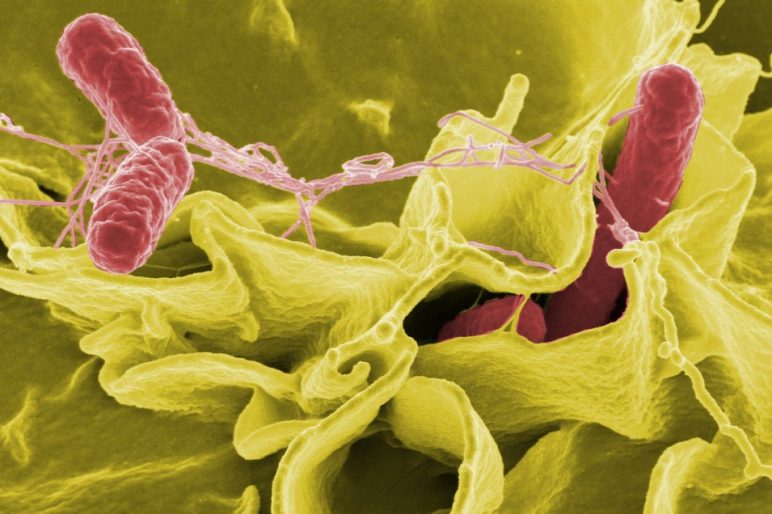Amid the higher standards of things such as surface disinfection and air quality in facilities since the onset of the pandemic, an executive at Ecolab is urging for a similar focus to be placed on preventing foodborne diseases.
Each year in the U.S., an estimated nine million people get sick, 56,000 are hospitalized, and 1,300 die of foodborne diseases caused by known pathogens. Since the start of 2022, there have been 10 major foodborne illness outbreaks in the United States.
The most common foodborne illnesses in the U.S. are caused by norovirus, salmonella, and E. coli, with the most fatalities being associated with listeria and salmonella, according to Elaine Black, director of food safety and public health with Ecolab.
The foods that are most commonly associated with foodborne disease do not go through cooking directly before consumption, such as leafy greens, many fruits and vegetables, and items like sandwiches and deli salads. In addition, chicken and processed chicken products are notoriously associated with salmonella.
Black urges facility managers to implement food service safety strategies to prevent foodborne disease.
“Understanding the nature and risk of common foodborne pathogens is the first step in prevention of foodborne illness,” Black says. “Layering on knowledge of the common risk factors associated with sourcing, receiving, storage, preparation and serving of food builds the foundation for a strong food safety program. Hand hygiene is an important component of infection prevention in healthcare food safety programs.
“Building a great food safety culture demands commitment from all those involved in the processes of ensuring patients are nourished in a safe and healthy way. A healthy food safety culture is one where all employees understand the risks of making a patient ill and their part in preventing it and ensures that they will do what is right even when no one is watching.”
Foodborne illnesses don’t just affect the health and safety of a facility but also the workflow, functionality, and profitability of the facility.
A strong and comprehensive food safety plan such as the framework outlined by the Food and Drug Administration can go a long way to preventing foodborne disease and ultimately not only protect a facility’s safety and bottom line but also save lives.
Source: CMM









